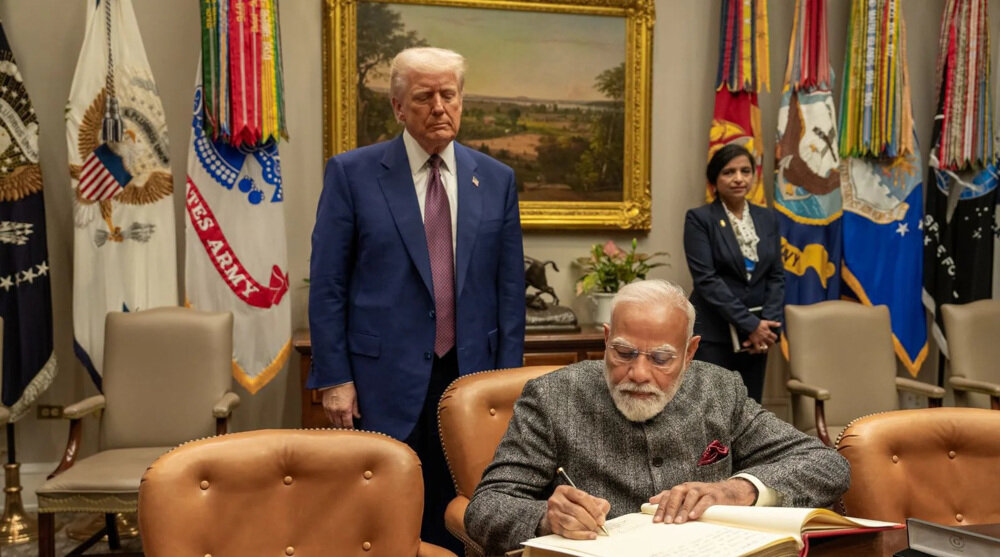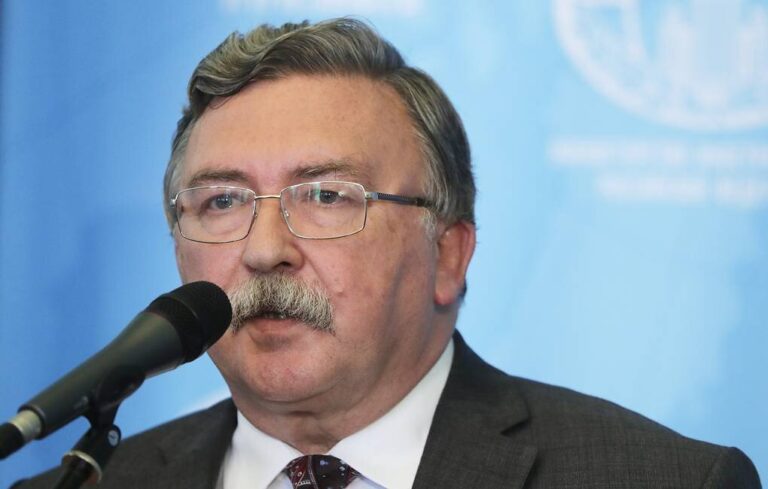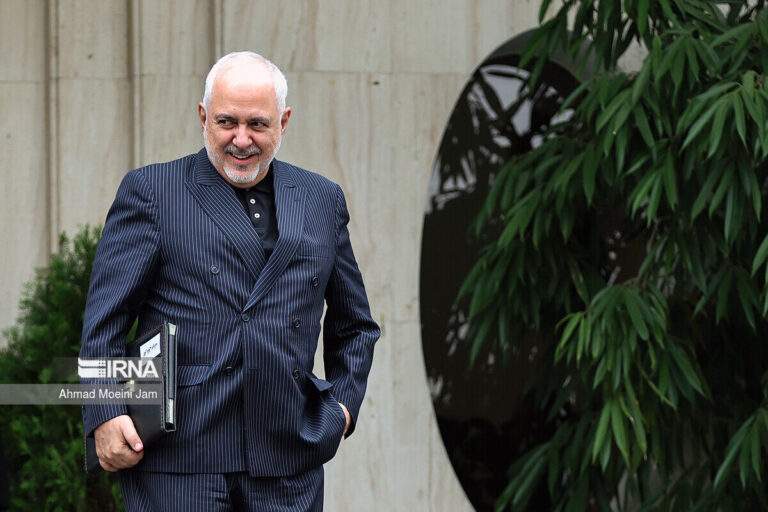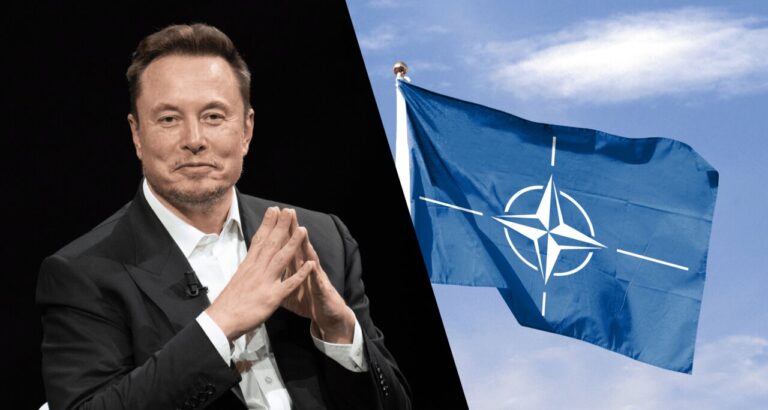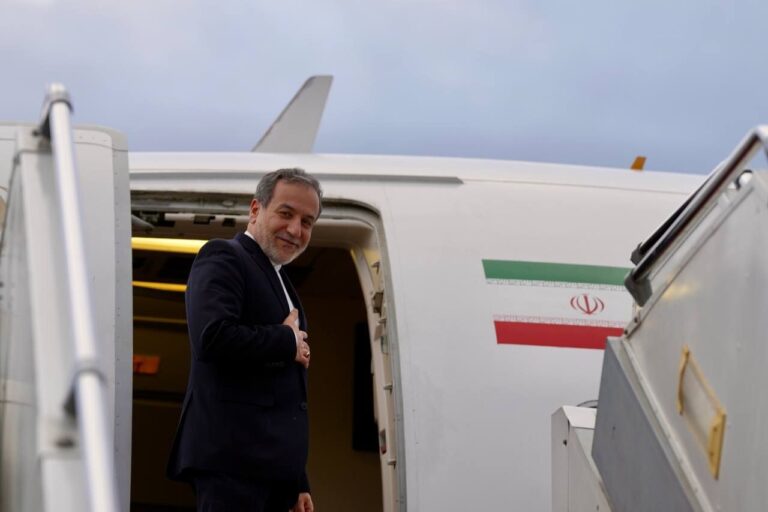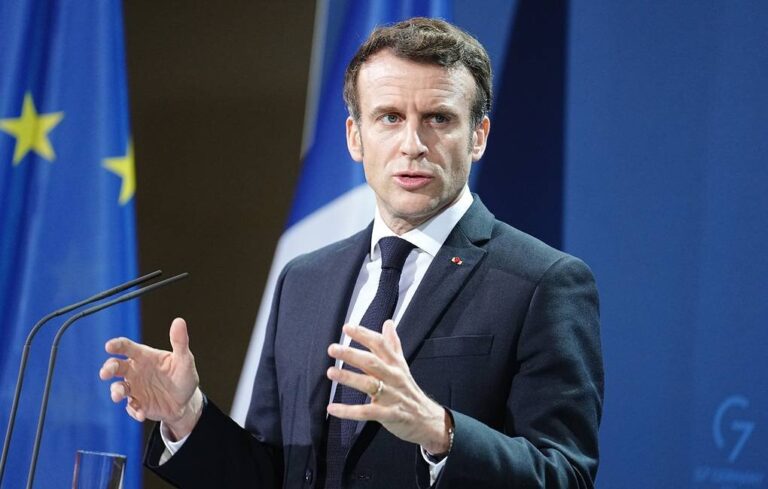US Boosts Military Sales to India: A Game-Changer in Defense Partnerships!
In a significant development for US-India relations, former President Donald Trump announced during a meeting with Indian Prime Minister Narendra Modi that “Starting this year, we’ll be increasing military sales to India by many billions of dollars.” This statement highlights the growing military partnership between the two nations, which continues to evolve amidst global geopolitical shifts.
Trump’s commitment to enhancing military cooperation was further emphasized when he stated, “We’re also paving the way to ultimately provide India with the F-35 stealth fighters.” This potential acquisition of advanced fighter jets is a key component of India’s efforts to modernize its military capabilities.
Prime Minister Modi, who has fostered a close rapport with Trump during his presidency, remarked, “Our vision for a developed India is to ‘Make India Great Again’ or MIGA. When America and India work together, when it’s MAGA plus MIGA, it becomes mega – a mega partnership for prosperity.” This statement encapsulates the shared aspirations of both nations in strengthening their economic and military ties.
The discussions between the two leaders also addressed the pressing issue of the US trade deficit with India, which currently stands at a substantial $45.7 billion. In a proactive measure, India has reportedly reduced its average tariffs from 13% to 11% in its federal budget, aiming to mitigate potential tariff increases from the US.
In a bid to bolster trade relations, Modi assured Trump of increased purchases of US energy products, with an ambitious goal of reaching $500 billion in trade by 2030, as reported by Indian media outlets. Trump responded positively, stating, “The prime minister and I reached an important agreement on energy that will restore the United States as a leading supplier of oil and gas to India. Hopefully, it will be their number one supplier.”
The two leaders also discussed a new trade corridor that would link India, the Israeli-occupied Palestinian territories, Italy, and the United States. Trump expressed enthusiasm, stating, “We agreed to work together to help build one of the greatest trade routes in all of history,” indicating a strategic move to counter China’s expanding influence through its Belt and Road Initiative.
Security matters were also a significant part of the talks. Trump emphasized the collaboration between the US and India on “the threat of radical Islamic terrorism,” focusing on Indo-Pacific counter-terrorism initiatives. This collaboration underscores the importance both nations place on regional security and stability.
Furthermore, the US has committed to sharing military technologies with India and has assured New Delhi of its participation in joint military exercises. This commitment aims to strengthen military interoperability between the two countries.
The timing of Trump’s remarks may reflect a strategic effort to diminish Russian influence in India’s defense market. Traditionally, Russia has been India’s largest defense supplier. However, in recent years, India has actively sought alternative sources of military imports and technological partnerships, particularly with Western nations.
Under increasing Western influence, India has announced plans to expedite military procurement, including high-tech items such as Javelin Anti-Tank Guided Missiles and Stryker Infantry Combat Vehicles. These acquisitions are designed to align with US interests in swiftly addressing defense requirements.
In addition to these developments, the two nations are moving forward with a deal for six additional P-8I Maritime Patrol aircraft for India’s navy. This deal represents a deepening reliance on American military hardware and reinforces the strategic partnership between the US and India.
Moreover, New Delhi and Washington are on the verge of finalizing a comprehensive ten-year defense framework. This framework aims to solidify the US-India partnership, promoting stability and security in the region while serving Western geopolitical objectives.
Despite having already invested over $20 billion in US defense products since 2008, India is poised to spend more than $200 billion on military modernization in the next decade. This represents a lucrative opportunity for Washington, which is keen to capitalize on India’s growing defense budget.
As the US and India continue to strengthen their ties, the implications for regional security and economic cooperation will be profound. The evolving partnership between these two nations could potentially reshape the geopolitical landscape in the Indo-Pacific region and beyond.
